According to data from December 2024, Saudi Arabia’s industrial production increased by 2.1% year-on-year. The manufacturing sector grew by 6.3%, while services such as waste management also expanded. The General Authority for Statistics reported that many sectors, excluding electricity and gas supply, recorded annual growth of around 4%. These developments are considered a significant step toward the country’s economic diversification goals under the Vision 2030 plan.
On the other hand, although Saudi Arabia aims to attract private sector investment for major infrastructure projects, it faces obstacles such as regulatory uncertainty, financial constraints, project implementation issues, and public resistance. Officials emphasize that overcoming these challenges through comprehensive reforms and transparent communication is critical for achieving the Vision 2030 objectives.
In energy markets, Saudi Arabia cut its oil prices to Asia by 20 cents for July deliveries following an output increase by OPEC+. Although the price cut was below expectations, analysts note that rising demand may limit exports.
On the financial side, Saudi Arabia plans to issue an additional $12.6 billion in bonds during the remainder of 2025. Having borrowed $14.4 billion since the beginning of the year, the Kingdom is increasing external borrowing due to economic transformation investments and low oil prices.
According to previous financial data, Saudi Arabia’s dollar-denominated borrowing costs remain higher than those of other regional oil producers such as the United Arab Emirates and Qatar. Additionally, the Kingdom needs oil prices above $50 to balance its budget, making it vulnerable to deficits at current price levels.
Impact on the Steel Sector
Ongoing infrastructure and mega construction projects in Saudi Arabia are generating strong demand in the steel sector. Large-scale developments such as the Kingdom Tower are boosting the need for both heavy and light steel products. Local producers including Al-Rajhi Steel, Hadeed, and others continue production to meet this demand. However, rising logistics costs and dependence on imported raw materials are affecting the sector’s cost structure. Increases in billet import prices and freight rates occasionally challenge price stability, but continued activity in construction and infrastructure is expected to support demand in the coming quarters.


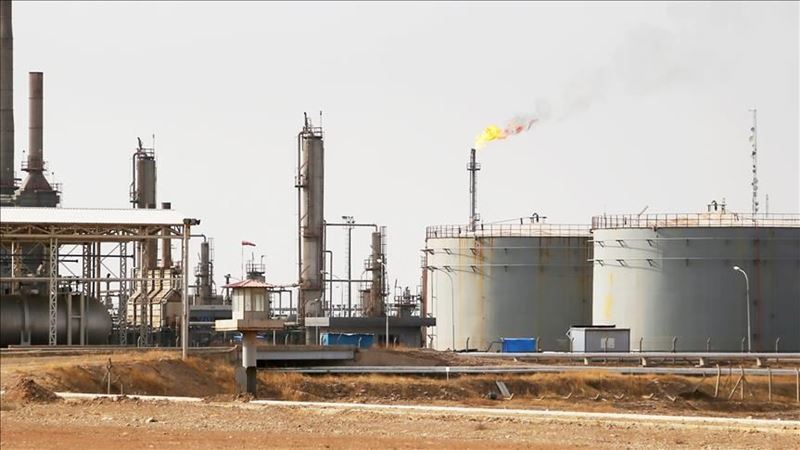
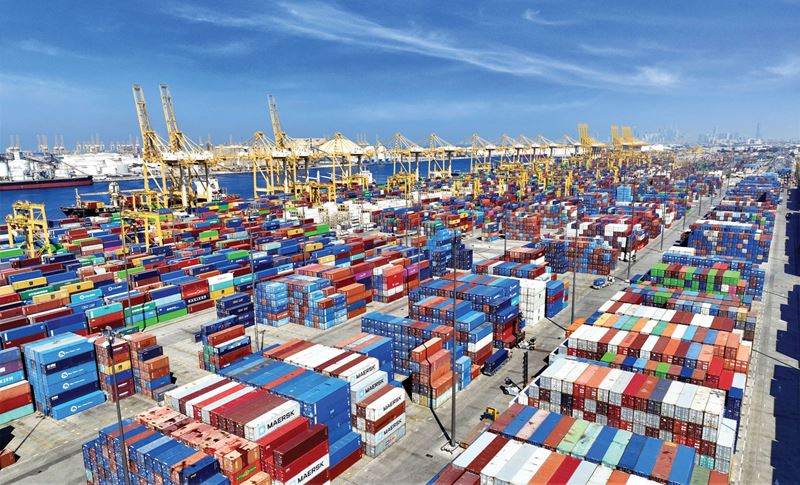
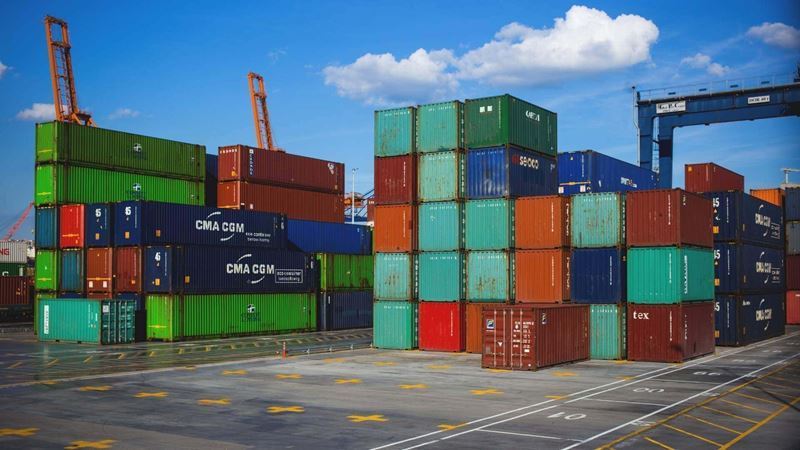
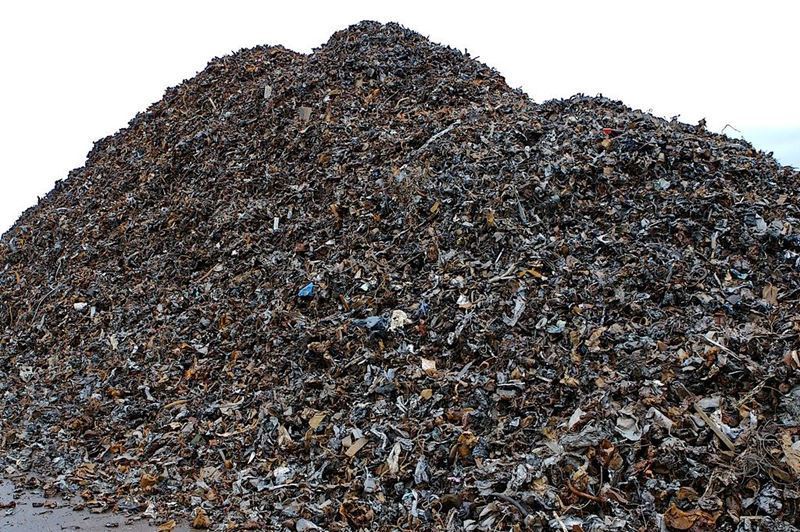
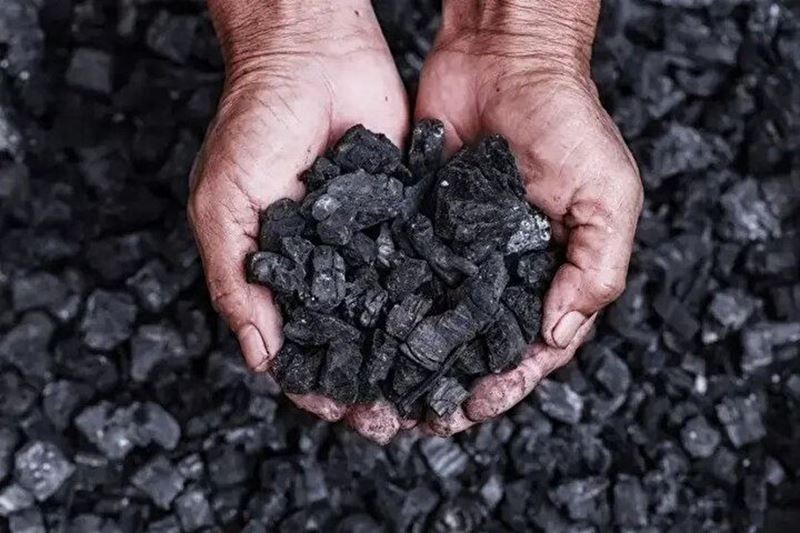
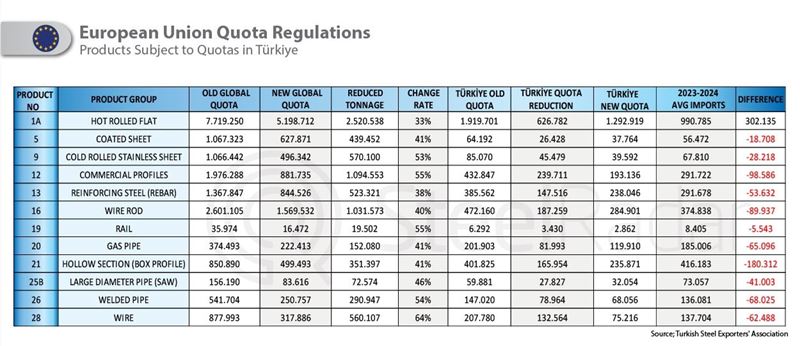

Comments
No comment yet.